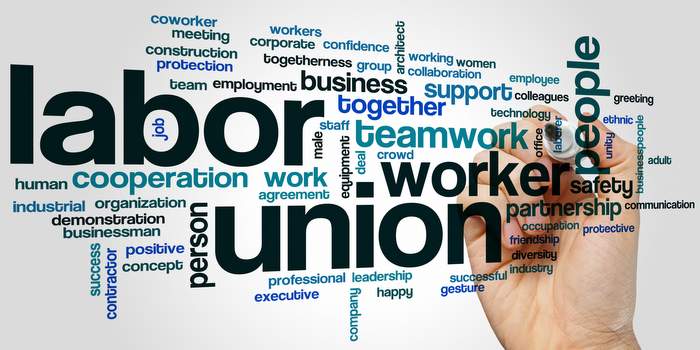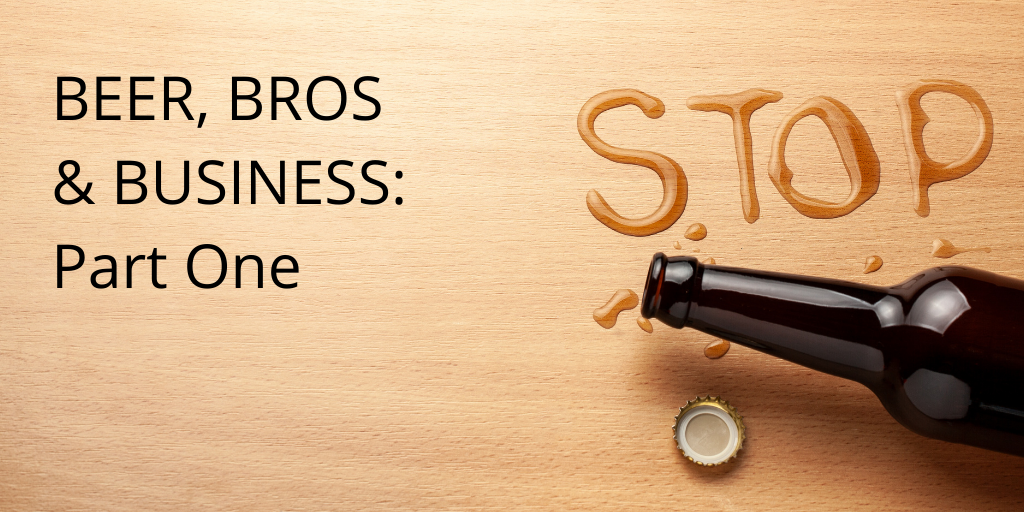Anchor Brewing receiving a union petition February 7, 2019, represents a potential watershed moment in the industry. The employees involved have cited issues related to decreased wages, work conditions and lack of communication from their employer. As the largest craft brewer thus far to receive such a petition, the question has been raised: Is this a recipe for the unionization of the craft brewing industry?
Current status of the industry
The craft brewing market saw record growth in the number of breweries in 2018, with cash investments from private equity and other groups flowing in like a smooth winter porter. The growth of “craft culture” continued, with a 5 percent increase in production in 2018 despite the decline in overall beer sales. We don’t know yet if the boom will continue in 2019 (and we’re tired of the bubble question anyway), but the industry has consistently grown since the early 2010s. Many look from afar at the craft brewing industry as something that is fun and lucrative ($26 billion in retail sales in 2017), but there are many challenges to both ownership and the workforce, including the connection between the owners and the employees.
The craft brewing industry employs more than 600,000 people, including more than 150,000 within breweries and brewpubs. These numbers have only increased, with an estimated 7,000+ breweries operating in 2018. Coinciding with the rapid growth of this industry is the continued shrinking of labor union numbers across the nation.
Unions in brewing
Unionization in the brewing industry has its historical roots in the late 1800s. Since the mid-1950s, the unionization of the industry has been sporadic and in the craft brewing culture there has been little unionized push for workers, to this point. As the craft industry has blossomed, some have made significant profits. However, these profits have not trickled down and despite all of the openings, brewery closures are also on the rise. Combine this with the difficult work involved in the hands-on nature of craft brewing and distribution, and you will get workers on the floor starting to raise issues.
These issues have been discussed for a while, but definitely a big example came from Trillium Brewing employees raising issues about their work culture and wages last year. While those issues were resolved in-house, they were seen to represent a larger issue with some of the craft culture industry. The union request received by Anchor Brewing appears to stem from the same types of issues and demonstrates that the industry is open to a change.
What should craft brewing employers do?
Understand employee rights. Employers in the craft brewing industry need to understand their potential obligations under the National Labor Relations Act (NLRA) and the employees’ potential right to join unions. Employers should focus on ensuring that their policies and procedures are in line with the requirements of the NLRA, regardless of their position on unions and not ignore the potential exposure of infringing on employees’ rights.
Understand how quickly it can happen. Don’t wait — prepare. Employers need to understand how quickly unionization can happen. Under the “quickie election rule,” the National Labor Relations Board has significantly shortened the pre-election time to as little as 10 to 14 days (historically this was 40 to 45 days). Many employers, including those in the craft brewing industry, are understandably concerned that this shortened pre-election time will present significant challenges in their ability to communicate with their employees when unions seek to organize them.
In the face of these issues, the training of management on their responsibilities and limits, along with clear communication to employees, stands as the best preparation for any of these issues. Training, training, training must be the first step.
Can employers maintain a nonunion workplace?
Simply put, yes; you can maintain your workplace by fostering good employee relations.
Some industry employers and investors have made clear they prefer workplaces that are union-free. These entities have invested in employee training and development and engage in employee relations practices. This includes making employees feel a sense of fairness and consistency, as well as letting employees share in the business success. Employers also can create an atmosphere that fosters open communication between employees and management. This includes open-door policies and reminding employees about the “hidden benefits” — insurance, 401(k), discounts or free beer — they receive from the company. In response to levels of dissatisfaction among the workforce, employers should strive to improve the work environment.
In the end, employers in the craft industry need to make sure they understand their responsibilities under labor law, to ensure they do not create issues. More importantly, employers need to remember they are part of a culture that desires to remain outside of the 30-pack opponents, and it takes a specific group of individuals to make it happen. Communication is the key to every relationship; don’t forget to remind people how important they are.
Micah Dawson is an associate at Denver-based Fisher Phillips.







Rich Goldsmith says
Or robotization?